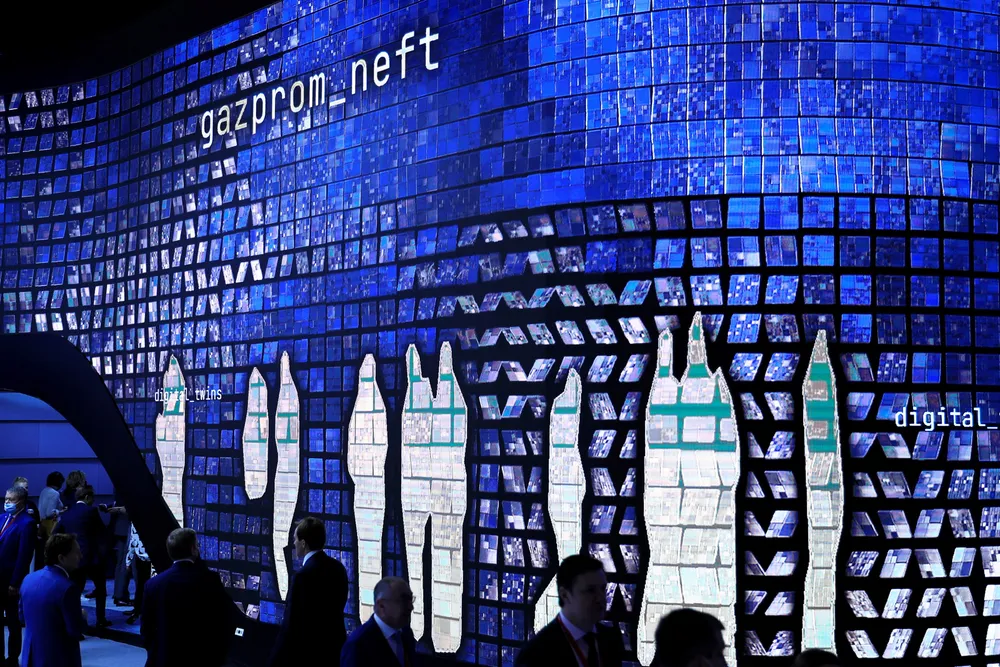Gazprom Neft rolls out its energy transition targets
Russian oil producer sees value in the growth of natural gas, carbon capture and storage, and blue hydrogen

Russian oil producer sees value in the growth of natural gas, carbon capture and storage, and blue hydrogen
